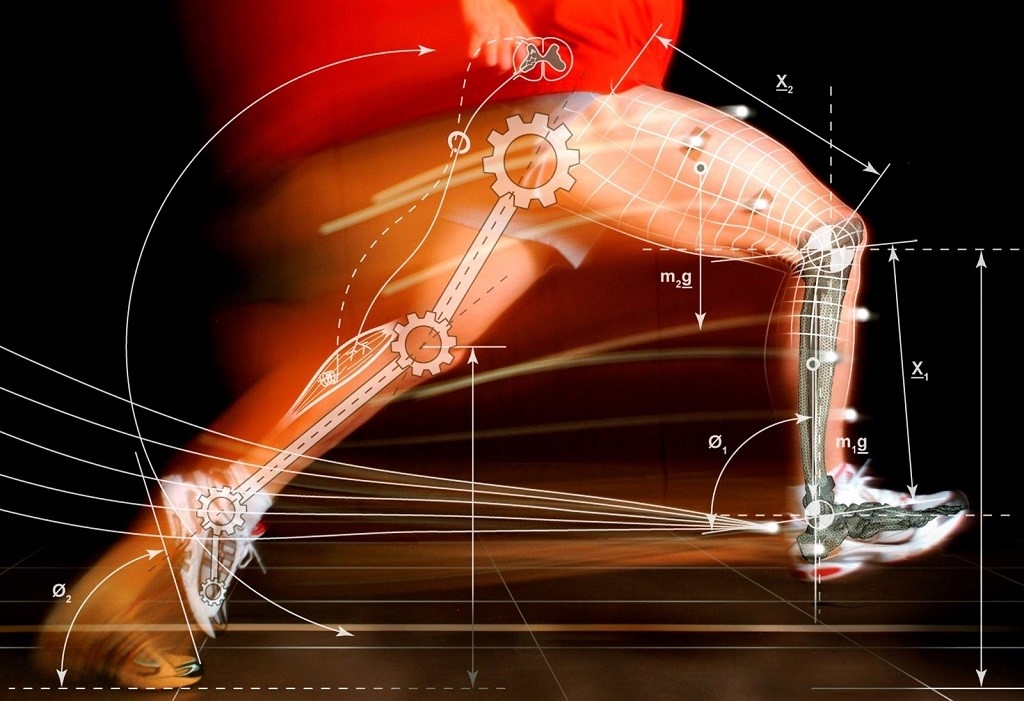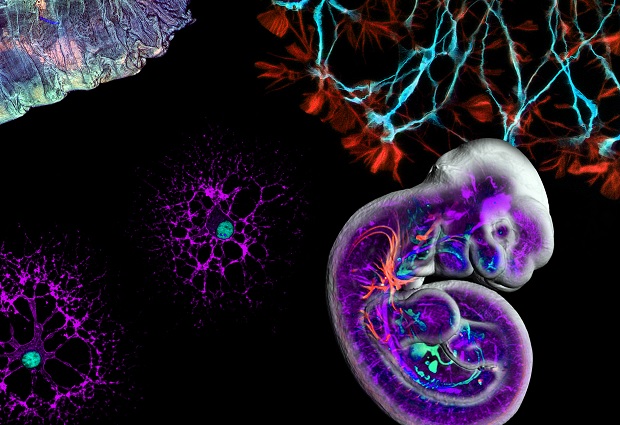Biomedical Engineering

Areas of specialization

Biomechanics
Electromyography
Dinamic
Cinematic
Bioelectronics
Develop and manage industrial processes.
Modeling analog and digital systems
Design automated electronic equipment.

Bioimaging
Fluorescence microscopy techniques for imaging to allow localization and tracking of individual particles.
Research of biological processes
Investigation of pathological processes

Biomaterials
Biosensors to detect the presence and amount of specific substances and to transmit that data. Examples include blood glucose monitoring devices and brain activity sensors.
Methods to promote healing of human tissues, including sutures, clips and staples for wound closure and dissolvable dressings.
Medical implants, including heart valves, stents and grafts; artificial joints, ligaments and tendons; hearing loss implants; dental implants; and nerve-stimulating devices.

Neural engineering
Neural interfaces for stimulation
Neural interfaces for sensory functions
Neural interfaces for motor functions

Bioinstrumentation
Prosthetics and artificial organs: design and development of devices to replace or augment physiological functions.
augment physiological functions.
Medical imaging: to provide graphic representations of anatomical details and physiological functions.
anatomical details and physiological functions.

Biomolecular Engineering
- Bacterial genetics -The bacterial genome - Gene expression and regulation -Protein synthesis Classes of mutations -Genetic exchange: transformation, conjugation, transduction.
-Recombinant -DNA techniques -Vectors -Polymerase chain reaction -Molecular cloning -Mutation screening -Sequencing
-Metabolic engineering -Directed evolution -Biosensors -Bacterial artificial chromosome -Molecular diagnostics -Metagenomics
